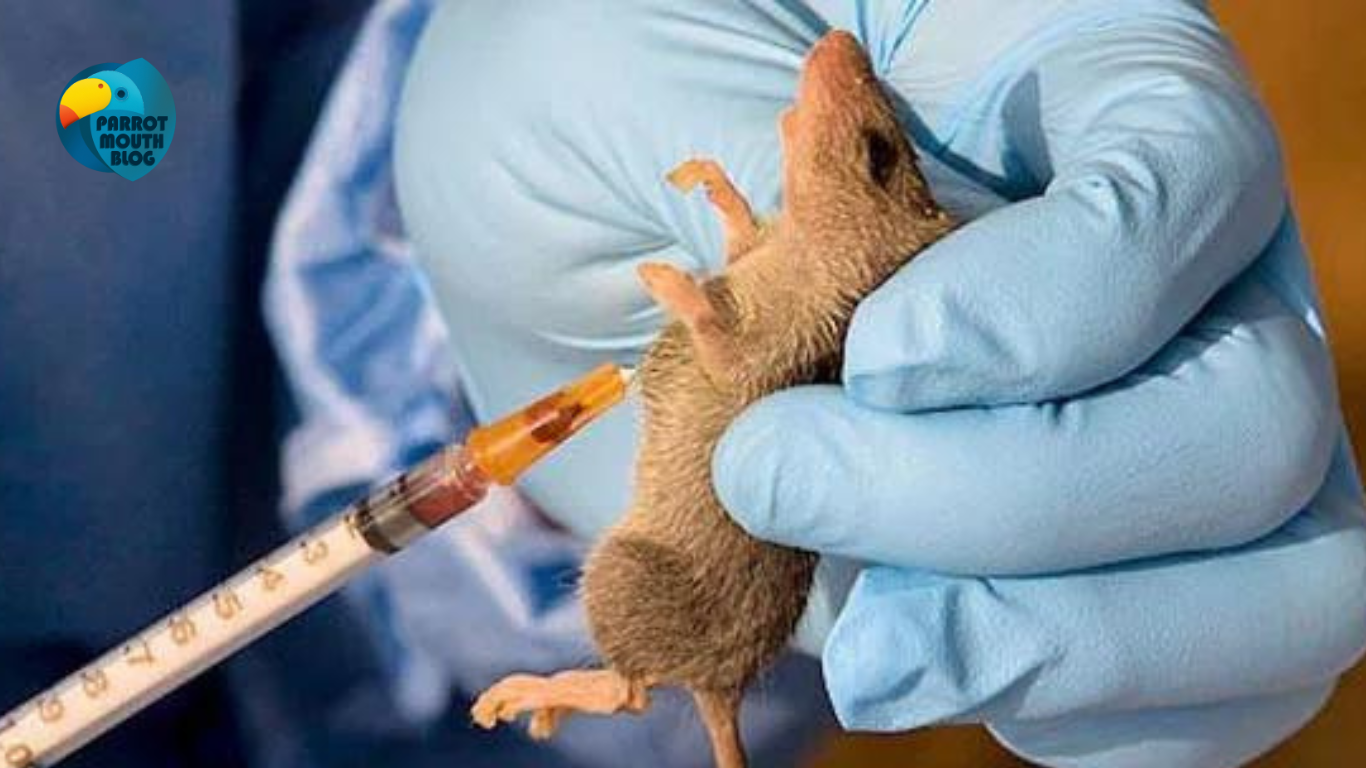The Nigeria Centre for Disease Control and Prevention (NCDC) reported 3,465 suspected cases of Lassa fever between January and March 2025, 645 confirmed cases, and 118 deaths in 91 local government areas in 33 states.
Announcing the cases on Sunday, NCDC Director-General Dr. Jide Idris reported that 20 health workers were infected in Ondo (8), Bauchi (4), Edo (1), Taraba (2), Ebonyi (1), Gombe (2), Benue (1), and Ogun (1).
Government Response & Challenges
In an effort to stem the spread, the NCDC deployed Rapid Response Teams (RRTs) to 10 states that include Kogi, Plateau, Ondo, Edo, Bauchi, Ebonyi, Taraba, Benue, Gombe, and Nasarawa. Response activities in Edo and Taraba took 10 and 7 additional days due to the number of cases being more severe than initially thought.
The Lassa Fever National Emergency Operations Centre (LF-EOC) has been elevated to Response Level 2, allowing for greater coordination between federal and state agencies, local governments, and development partners. The government also distributed personal protective equipment (PPE) and treatment supplies to the affected areas.
Despite this, the NCDC identified several challenges that are hindering containment, including:
- Inadequate community surveillance and delayed case detection.
- Lack of human and financial resources to carry out contact tracing and case management.
- Manpower-limited treatment centers.
- Patient reluctance to seek early treatment, with the majority resorting to self-medication and traditional treatment.
Call for Urgent Action
Dr. Idris called on state governments and private sector stakeholders to support the funding of Lassa fever treatment and also increase public health publicity campaigns. He also called on healthcare professionals to adhere rigorously to infection prevention and control (IPC) protocols and requested Nigerians to maintain a clean environment to reduce rodent infestation, one of the primary drivers of Lassa fever transmission.
NCDC emphasized the demand for timely clinical intervention, healthier healthcare facilities, and ongoing people’s education on how to combat the transmission of the deadly disease.








